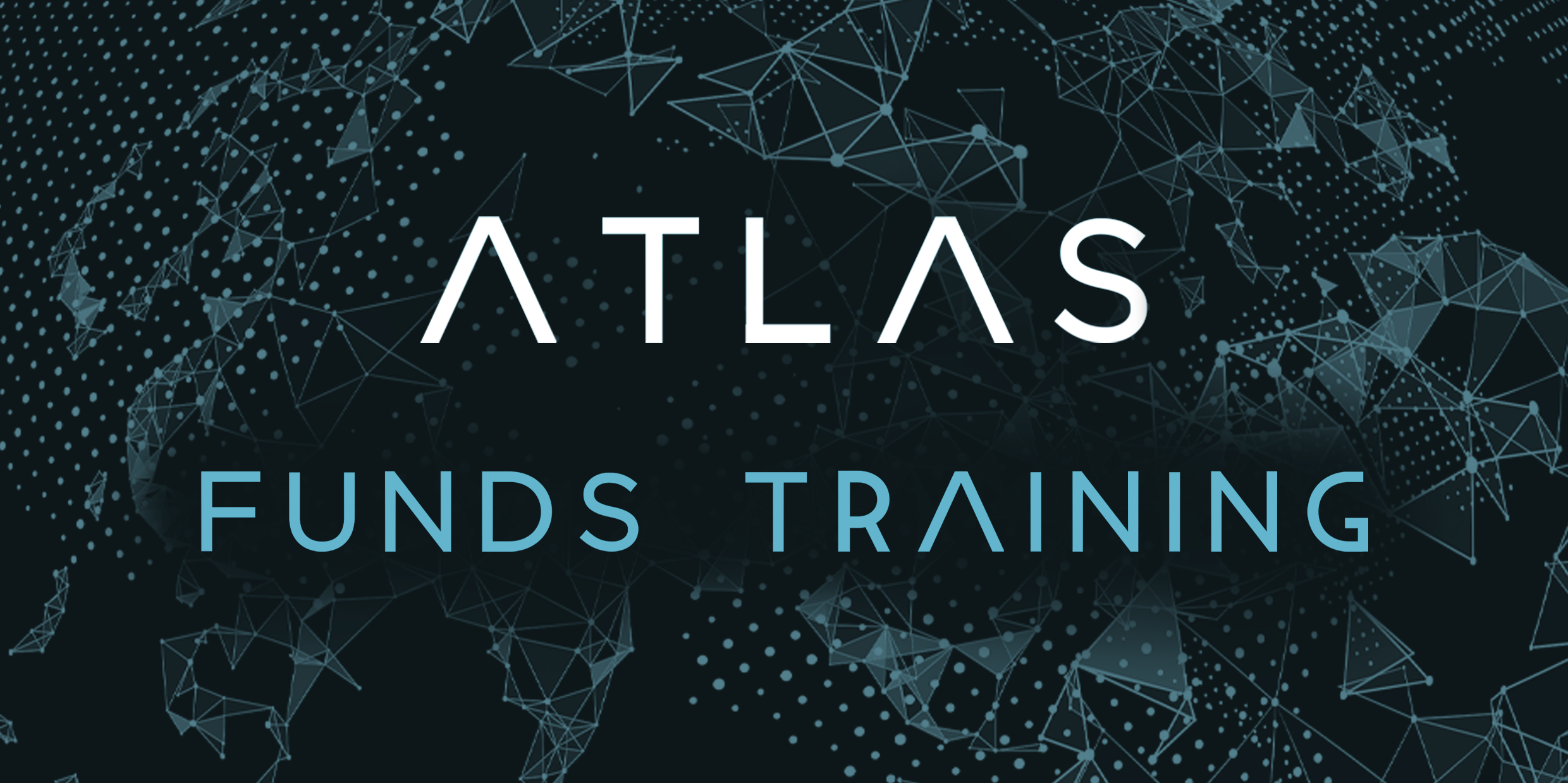The European Securities and Markets Authority (ESMA) has published its 2020 Supervision Work Programme, detailing the areas of focus for its supervision of Credit Rating Agencies (CRAs), Trade Repositories (TRs) and the monitoring of third-country Central Clearing Counterparties (TC-CCPs) and Central Securities Depositories (TC-CSDs). ESMA is also preparing for its new supervisory responsibilities under the Securities Financing Transactions Regulation (SFTR), the Securitisation Regulation (SECR), the Benchmarks Regulation and MiFIR.
Key Supervisory Priorities for 2020
ESMA’s supervisory focus will include:
- CRAs – outstanding ratings, the rating process, cybersecurity, usability of ratings, internal control environment;
- TRs – data quality; IT systems reliability; business continuity planning and information security;
- SFTR/SECR – assessment of first SFTR and SECR applications and the implementation of the new supervisory frameworks;
- TC-CCPs & TC-CSDs – assessment of application of the clearing obligation; Brexit preparations and possible direct supervision of Tier 2 TC-CCPs under EMIR 2.2
In addition, ESMA will continue to engage with supervised entities about their preparation for the end of the Brexit implementation period and ensure minimal disruption.
For 2020, the supervisory priorities will include:
Credit Rating Agencies
- Proactive identification of risks in outstanding credit ratings;
- Ensure CRAs have robust and well-structured rating processes;
- Address identified concerns on IT and information security in CRAs;
- Ensure credit ratings are accessible and usable for investors;
- Organisation and independence of CRAs’ control functions;
Trade Repositories
- Data quality and access by authorities, with a focus on the Data Quality Action Plan;
- Assess/monitor internal controls around IT processes and software changes;
- Effectiveness of the Information Security function and business continuity and disaster recovery plans;
Third Country CCPs & CSDs
- Monitoring the impact of Brexit on the TC-CCP and TC-CSD regimes;
- Set-up of the new processes corresponding to EMIR 2.2 recognition;
- Reassessment of recognition decisions (including UK-based CCPs, if necessary);
- Set-up and implementation of the new monitoring of Tier 2 CCPs;
- Monitoring of the potential risks TC-CCPs might introduce in the EU for Tier 1; and
- Assessment of possible recognition applications submitted by TC-CSDs, following EC equivalence decisions in respect of the TC-CSDs’ jurisdictions.




